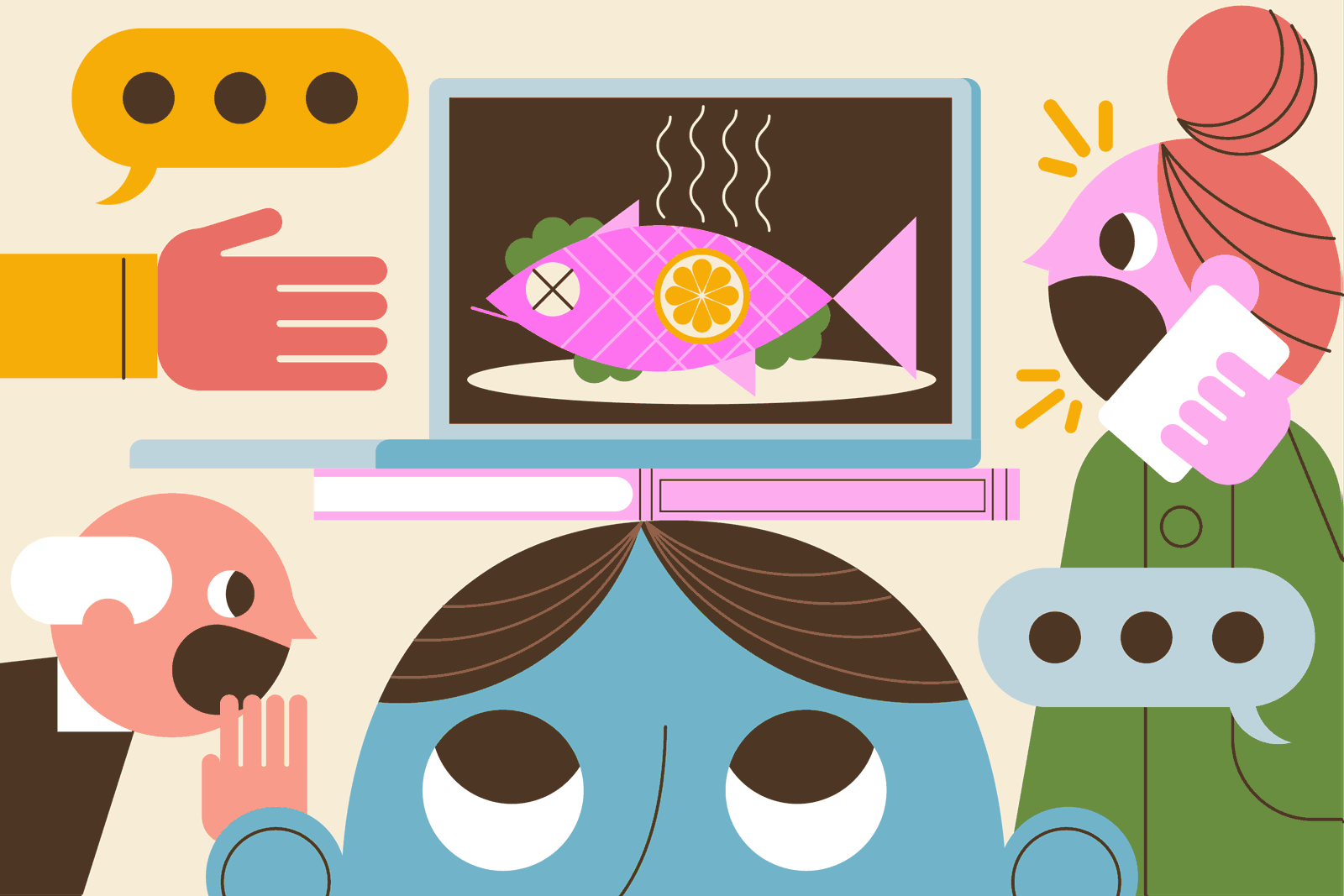Job Incentive Doesn’t Need Dressing Up
Once a month, Lou Burrola and many of his co-workers indulge themselves in a workplace treat--and we’re not talking about that insidious microwave popcorn, the Pied Piper of office workers everywhere.
For a donation to a charity chosen by an employee committee, Burrola and his colleagues get a casual-dress day. They’ve become the cheap perk of the ‘90s, those special days that leave everyone in the lunchroom clad in comfy cottons but wondering if they ought to put that 401K contribution straight into the stocks of companies manufacturing khaki slacks. The cost? Just $3. Such a deal, Burrola says.
“It’s comfortable. It’s a morale builder. Personally, I’d like to have one every week. Or every payday at least. It’s a great stress releaser,” says Burrola, a customer service representative for Ingram Micro, a Santa Ana-based international computer distribution firm. “It’s a good treat.”
Many employers apparently agree. In April, the Los Angeles region of the National Kidney Foundation cleared $15,000 on its first casual-for-a-cause fund-raiser. And even the traditional, suit-wearing world of banking is doffing wingtips for loafers at least once in a while. Last year, Bank of America’s casual-dressing employees raised $600,000 companywide for United Way.
Along with the trend toward casual-for-a-cause days, human resource managers say casual days are increasingly used as employee incentives, rewards and perks. In a survey of 505 companies for Levi Strauss & Co., the Society for Human Resource Management found that two-thirds of managers count casual days as an employee benefit and a helpful recruiting tool.
Well, they would, says Scott Adams, creator and alter-ego of Dilbert, a comic strip featuring a nerdy engineer with a tweaked necktie as a sort of Everyworker of the middle-management set. Adams, who peruses about 300 daily e-mail messages from disgruntled office workers to help chronicle Dilbert’s journey through the workplace, says there’s plenty of electronic snickering about casual days being used as workplace perks. Many employees perceive them as small bones tossed out to soften long hours and skimpy raises, he says.
One story has it that neckties were made optional at one company. The bad news? The air-conditioning was being downsized 10 degrees.
At least the memos churned out to define appropriate casual attire--and gleefully e-mailed to Adams by amused recipients--make for what the cartoonist calls literary jewels. Pity the fashion-naive manager who appealed to his female employees to stop wearing “these short culotte things.”
Apparently, execution of a good idea can get a little tricky. Baseball caps, sandals, shorts, sweats and team-insignia T-shirts are among the items employees have trotted in on casual days, say human resource managers. To rein in the faux pas, Levi Strauss, maker of the billion-dollar Dockers label, created a slick 4 1/2-minute video for companies that want to give employees some guidelines.
Bank of America department managers issue their own guidelines on what sort of casual wear is appropriate in their divisions. Regional style is also considered, says Bob Wynne, Bank of America spokesman. Employees in the bank’s San Francisco headquarters dress much more like New York office workers than their corporate cousins in Los Angeles, Wynne says. But memos and geographic discretion can’t iron out all the wrinkles.
“Every year there are probably cases where people get sent home to change,” Wynne says.
Casual days started two years ago at Loeb & Loeb, a law firm in Los Angeles and Century City, and there have been no missteps, says Connie Brown, national director of marketing for the firm. There is a written policy, but “my general feeling is that it’s not an issue that people overstep the boundaries. And people do wear jeans in this office,” Brown says.
And no one seemed to mind “buying” a casual day for $3 when the firm was among 10 companies participating in the National Kidney Foundation event. Attorney Phillipe Erwin loves just about every casual day that comes along, so long as he doesn’t have to meet clients.
“It creates a nice ambience and environment in the firm,” Erwin says. “I think it’s good for morale once in a while.”
Casual days help trim dry-cleaning bills and the time it takes to get dressed for work, Erwin says. Coordinating a suit and tie combo isn’t as easy as it looks. Shoes have to be polished, shirts retrieved from the dry cleaners, ties matched and suits pressed.
Even the rare occasions when Erwin has had a spur-of-the-moment meeting with clients on a casual day have worked out. It certainly doesn’t hurt that as an intellectual property attorney, among his clients are creators of interactive computer software. Talk about casual.
“With some of these people, they’re used to running about barefooted, programming out of their backyard,” Erwin says.
Which poses a slight problem for people such as Katharine Davidson, the National Kidney Foundation volunteer who organized the group’s first casual day. Casual dress has become so much the norm in many offices that as she recruited companies for the event, she found many that had been so casual for so long that a casual-for-a-cause day would not be a special day at all.
More to Read
Inside the business of entertainment
The Wide Shot brings you news, analysis and insights on everything from streaming wars to production — and what it all means for the future.
You may occasionally receive promotional content from the Los Angeles Times.










